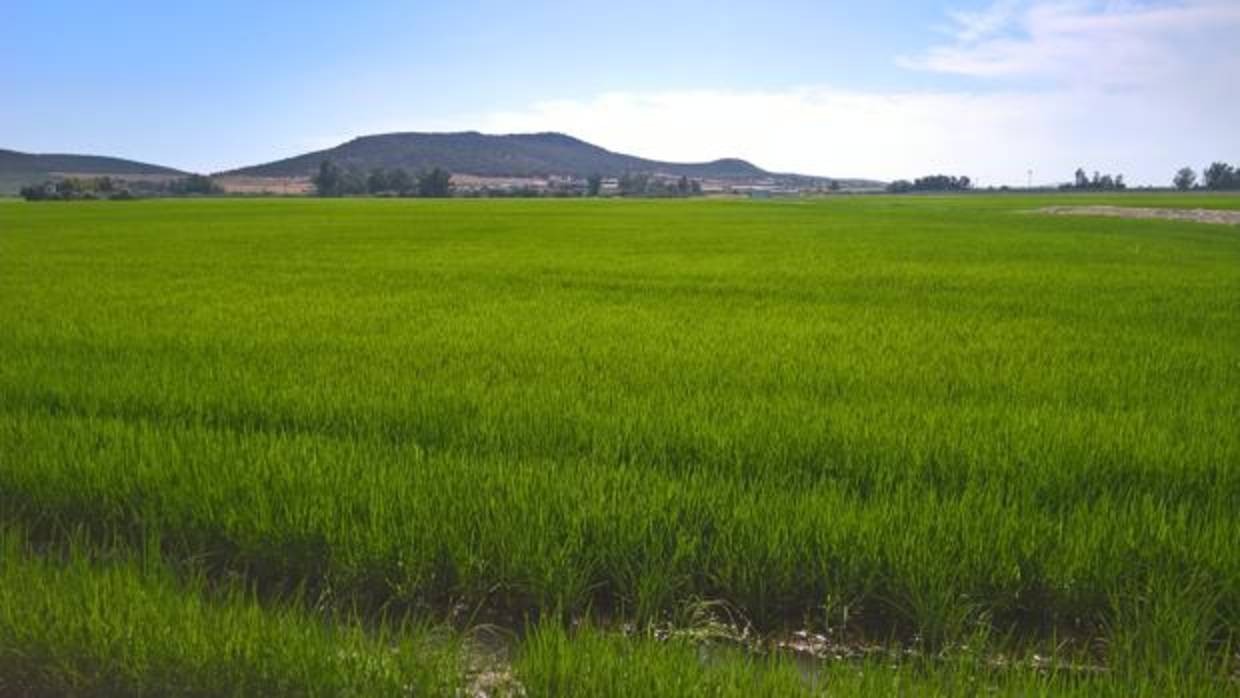New cross-boundary approach for addressing wicked weed problems
Weed species continue to spread and management costs continue to mount, in spite of best management practices and efforts by research and extension personnel who promote them to land managers.

The issue is weeds aren’t just a problem for the landowner where they grow. They are collectively everyone’s problem because they don’t recognize property lines, and that is how they must be managed.
This is the result of a study led by researchers from the Institute of Environmental Science and Technology of the Universitat Autònoma de Barcelona and the Texas A&M University that looks at weed control through a cross-boundary lens. The study was carried out by a team of 15 researchers representing entities around the world, led by ICTA-UAB researcher Dr. Sonia Graham and Dr. Muthu Bagavathiannan from Texas A&M University. Their findings have been recently published in the journal Nature Plants “Considering Weed Management as a Social Dilemma Bridges Individual and Collective Interests”.
The paper is a call to action for scholars and practitioners to broaden their conceptualization and approaches to weed management problems, beginning with evaluating the “public good” characteristics of specific weed management challenges and applying context-specific design principles to realize successful and sustainable weed management.
“The public-goods lens highlights the broader social vision required for successful weed management,” Graham said. “Public goods like weed management are best achieved with the help of many people living and working across landscapes. We need to make the most of the diverse interests, knowledge and skill sets of those involved in managing weeds.”
Agricultural and natural landscapes worldwide are affected by weeds, but management techniques have primarily been developed for individual landowners. These practices rarely look at how control from a collective perspective would improve overall weed management outcomes.
“We suggest that a major limitation of current best management practices is an underappreciation for the complex, multi-scale and collective nature of the weed problem,” he said. “We believe practices will be more effective if they are complemented by landscape-scale design principles that encourage cross-boundary coordination and cooperation.”
Graham added that the team framed the landscape-scale weed management issue as a social dilemma, where trade-offs occur between individual and collective interests. Combining perspectives from biologists and social scientists, the team applied a transdisciplinary systems approach to four pressing landscape-scale weed management challenges:
- Plant biosecurity – The protection of plant resources from alien pests is a key policy and regulatory tool governments use to limit intentional or accidental spread of weeds, locally and globally. Plant biosecurity includes quarantine, inspection of freight at ports and certified treatment schemes such as bulk fumigation of certain types of cargo. Some governments fail to make these necessary investments to protect global biodiversity.
- Weed seed contamination – Weeds, especially those closely related to crops, are common contaminants of crop seeds and can spread through equipment sharing. For example, weedy rice is a noxious weed that threatens global rice production. Due to its propensity for seed shattering and long seed dormancy, weedy rice is an efficient invader that can cause up to 80 percent yield loss in rice and substantially reduce marketable grain quality.
- Herbicide susceptibility – Herbicide-resistant weeds are proliferating exponentially, threatening farm productivity and profitability. At least 60 countries have reported herbicide-resistant weeds, including about 500 species-herbicide group combinations. Treating herbicide-resistant weeds costs around $4 billion annually in the U.S. alone.
- Weed biological control – Classic weed biological control employs host-specific arthropods or pathogens from a weed’s native environment to reduce weed populations in invaded systems. These strategies can have high benefit-to-cost ratios due to long-lasting, low-input costs, and provide management options where other tools are unavailable or impractical.
Dr. Bagavathiannan said that across these challenges, the public goods nature of weeds requires active contributions and development of shared goals, and approaches must respect the unique perspectives and diverse capacities of contributors.
“Achieving such an agreement requires good working relationships, or at least shared values, where contributors are willing to transparently demonstrate their efforts and contribute shared resources to help those who are least able to contribute,” he said.
Describing their findings, Graham outlined four new principles for landscape-scale weed management: clearly articulate shared goals and secure commitments from contributors; establish good working relationships and shared values among contributors; make individual contributions transparent; and generate pooled resources to support weakest-link problems or address asymmetries in the public good.